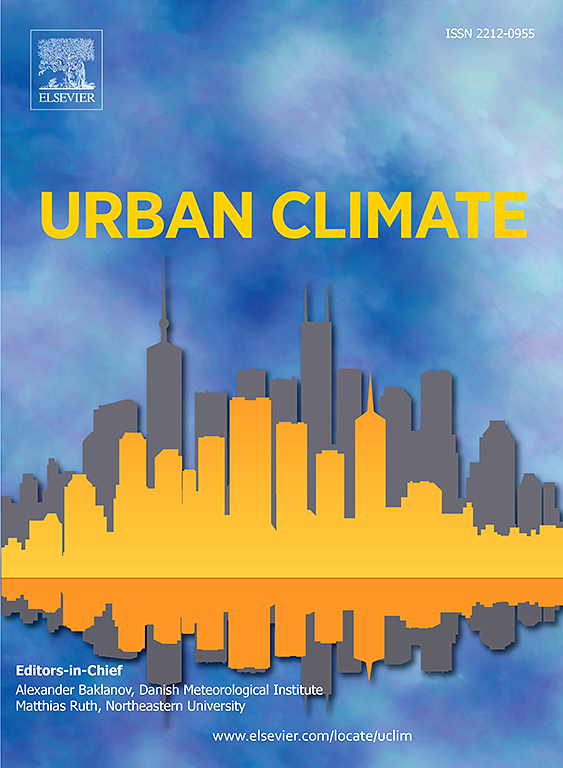Two-year monitoring of indoor/outdoor PM10 at 15 sites in an urban setting. Part II: source apportionment and oxidative potential
IF 6
2区 工程技术
Q1 ENVIRONMENTAL SCIENCES
引用次数: 0
Abstract
Two-year monitoring of indoor and outdoor PM10 was carried out at 15 residential sites in the urban area of Rome, Italy (May 2019–April 2021) through 12 continuous two-month samplings. PM10 source apportionment identified nine emission sources: cigarette smoke, biomass burning, vehicular traffic, road dust, soil dust, heavy oil combustion, ammonium nitrate, and sulphate. The major contributions to outdoor PM10 were from biomass burning in winter and from traffic, especially its non-exhaust component (i.e., brake and road dust), which showed high inter-site variability due to the different micro-locations of the 15 dwellings. Cigarette smoke, where present, was the major indoor source that caused high variability of indoor PM10 among sites.
The indoor/outdoor ratio of the identified source contributions indicated that combustion sources showed a great ability to penetrate indoor environments, while coarse particles from road dust, soil dust, and sea spray showed a lower capacity to enter indoors.
Principal component analysis (PCA) allowed exploring relationships between the OP values and the chemical composition and sources of PM10. Cigarette smoke, biomass burning-related sources, and non-exhaust traffic were found to be the major contributors to OPDCFH, OPDTT, and OPAA, respectively, revealing the high potential health impact of PM released from some indoor sources.
在城市环境中15个站点对室内/室外PM10进行为期两年的监测。第二部分:来源分配和氧化电位
2019年5月至2021年4月,在意大利罗马市区的15个居民区通过12个连续两个月的采样,对室内和室外PM10进行了为期两年的监测。PM10源解析确定了9个排放源:香烟烟雾、生物质燃烧、车辆交通、道路粉尘、土壤粉尘、重油燃烧、硝酸铵和硫酸盐。室外PM10的主要贡献来自冬季生物质燃烧和交通,特别是其非排气成分(即制动和道路粉尘),由于15个住宅的不同微位置,其表现出很高的站点间变动性。如果存在香烟烟雾,则是造成不同地点室内PM10高度变异的主要室内来源。室内/室外贡献率表明,燃烧源对室内环境的渗透能力强,而道路粉尘、土壤粉尘和海雾等粗颗粒对室内环境的渗透能力弱。主成分分析(PCA)可以探索OP值与PM10化学成分和来源之间的关系。香烟烟雾、生物质燃烧相关源和非排气交通分别是OPDCFH、OPDTT和OPAA的主要来源,这表明一些室内源释放的PM对健康的潜在影响很大。
本文章由计算机程序翻译,如有差异,请以英文原文为准。
求助全文
约1分钟内获得全文
求助全文
来源期刊

Urban Climate
Social Sciences-Urban Studies
CiteScore
9.70
自引率
9.40%
发文量
286
期刊介绍:
Urban Climate serves the scientific and decision making communities with the publication of research on theory, science and applications relevant to understanding urban climatic conditions and change in relation to their geography and to demographic, socioeconomic, institutional, technological and environmental dynamics and global change. Targeted towards both disciplinary and interdisciplinary audiences, this journal publishes original research papers, comprehensive review articles, book reviews, and short communications on topics including, but not limited to, the following:
Urban meteorology and climate[...]
Urban environmental pollution[...]
Adaptation to global change[...]
Urban economic and social issues[...]
Research Approaches[...]
 求助内容:
求助内容: 应助结果提醒方式:
应助结果提醒方式:


